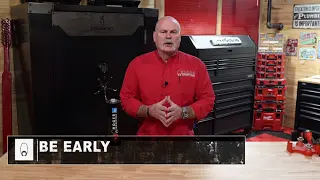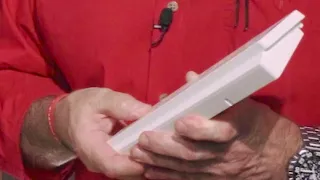Hiring someone who turns out to be an unlicensed or unqualified plumber can lead to expensive mistakes and safety issues. Below is an overview of what went wrong in a recent scenario, why it matters, and how homeowners can protect themselves from hiring the wrong person.
The Setup
- A homeowner hired someone who claimed to be a plumber for a remodel job.
- The individual’s license turned out to be invalid or expired, meaning they were not legally qualified to perform the work.
- After partial installation of fixtures, the homeowner discovered numerous errors and incomplete work.
Red Flags & Common Mistakes
-
Incorrect / Missing Venting
- Toilets, lavatories, and washing machine drains need proper venting. Here, multiple fixtures were tied together improperly, or not vented at all.
- The result can be sewer gas entering the home or fixtures not draining correctly.
-
Wrong Drain Connections
- S-traps, improper combinations (e.g., using a wye or combo where a sanitary tee should be), and incorrect fall on the drain piping all violate standard plumbing codes.
-
Shower Head Placement
- Shower arms placed at or below head height will force users to crouch for basic rinsing.
-
Supply & Gas Line Issues
- Kitchen drains missing altogether, mismatched water supply lines, and a bare gas stub left open.
-
Poorly Supported Fixtures
- Items like the washing machine box and shower drain had no proper bracing or leveling, risking leaks and future headaches.
Who’s at Fault?
The “Plumber”
- Working without a valid license breaches local regulations. This also implies they may not have adequate training or insurance.
The General Contractor
- If a general contractor hired the unlicensed worker, they are responsible for vetting tradespeople and ensuring code compliance.
The Homeowner
- While it’s easy to blame the contractor or tradesperson, homeowners should also do their due diligence by checking credentials and references. However, few realize the complexity of code compliance, so it’s crucial that the GC or plumber be transparent and prove licensure.
Correcting the Damage
Fixing these errors involves:
- Removing incorrectly installed drain and vent lines.
- Adding or adjusting vent lines properly, using sanitary tees rather than combos for fixture arms.
- Rerouting gas lines safely and ensuring any unused lines are capped and tested.
- Placing shower valves and heads at standard heights (e.g., about 7 feet for the shower arm).
Potential Costs to Homeowners
- Double Labor: Tearing out newly installed lines and redoing them correctly can cost as much or more than the original estimate.
- Time Delays: Rescheduling inspections, reordering supplies, and waiting for new tradespeople can push projects weeks or months behind.
- Safety Hazards: Improper gas line installations or lack of venting can lead to dangerous conditions like gas leaks or sewer gas backups.
Steps to Prevent This Scenario
-
Verify Credentials
- Check your state or province’s licensing board website to confirm the contractor’s or plumber’s license status.
- Ask for proof of insurance and bonding.
-
Ask for References
- A legitimate professional should have a list of past clients who can vouch for their quality of work.
-
Obtain Multiple Bids
- Compare proposals to ensure you aren’t choosing someone solely based on a low price. If an estimate is drastically cheaper, question why.
-
Insist on Permits and Inspections
- All major plumbing work should have the required city or municipal permits. This triggers inspections that can catch code violations early.
-
Request a Written Contract
- A contract detailing the scope of work, materials, timelines, and payment schedule helps keep everyone accountable.
What You Should Do if You’re in a Similar Situation
- Contact Local Licensing Authority
- Many regions have a board or department to handle consumer complaints. Provide evidence such as receipts, texts, or contracts to support your claim.
- Bring in a Legitimate Plumber
- Have a licensed professional conduct a thorough inspection of the existing work. They can outline exactly what needs redone or fixed to pass code.
- Document Everything
- Take photos, keep emails and messages. This documentation can be vital if you pursue legal remedies or insurance claims.
The Bottom Line
Unlicensed “plumbers” aren’t just a minor inconvenience; they can cause significant financial and safety risks. Always verify credentials, keep open communication with your contractor, and insist on proper permits. Although it may cost a bit more up front, hiring a certified, insured professional can save thousands in rework and give you peace of mind that your home’s plumbing is both safe and code-compliant.




